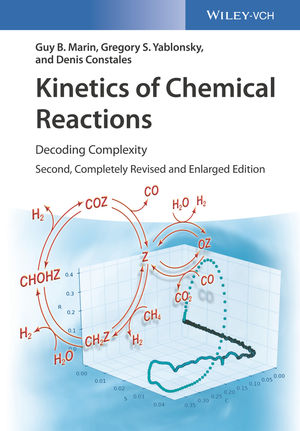
**Grasping Reaction Rates Under Thermodynamic Influences: An Innovative Framework**
Chemical reactions are motivated by the pursuit of stability, generally advancing along a route that reduces Gibbs free energy. However, the way reaction rates respond to thermodynamic influences differs, with certain reactions experiencing significant acceleration from minor alterations while others exhibit less sensitivity. Addressing this issue, theoretical chemists in Germany have developed a groundbreaking framework to enhance the modeling of chemical reactivity landscapes.
**Thermodynamic Views on Reaction Stability**
From a thermodynamic perspective, stability is assessed through Gibbs free energy, guiding reactions across various configurations affected by external conditions. Established models, such as the Leffler or Marcus equations, have attempted to encapsulate this behavior, yet they are constrained in the thermodynamic situations they can portray. Sophisticated statistical models expand this range but often sacrifice overall interpretability due to their reliance on numerous specific parameters.
**An Innovative Equation Featuring a Single Parameter**
Eduardo García-Padilla and Guanqi Qiu at the Max Planck Institute for Coal Research introduce a novel model that connects activation energy (ΔE‡) with overall reaction energy (ΔEr). The pivotal element of this model is the curvature factor θ, which reflects the stability of the transition state and its responsiveness to external factors influencing the reaction. This model aims for accuracy comparable to statistical methods while preserving the straightforwardness of classical models through its dependence on a singular parameter.
**Forecasting Reaction Pathways**
García-Padilla indicates that their model will reveal new reaction pathways by uncovering concealed connections within chemical transformations. Parameters such as a minimum activation energy that cannot simply be surpassed by enhancing the favorability of reactions provide chemists with enhanced control. By forecasting parameters for families of reactions, chemists can adjust reactions for improved selectivity when subjected to external forces.
**Machine Learning and Future Outlook**
García-Padilla envisions machine learning as a means to predict model parameters across reaction families, improving both reaction selectivity and response tuning. Although machine learning might function as a black box, the model’s parameters assure predictions that are easily verifiable.
**Reaction from the Scientific Community**
Marco Martinez from McMaster University emphasizes the model’s timely relevance to computational chemistry and reaction design. By enabling parameterization with existing data from analogous reaction families, the model supports high-throughput screening, merging low computational expense with significant predictions regarding reaction kinetics. Nonetheless, further validation for highly asynchronous reactions or competing pathways is essential to fully confirm the model’s reliability.
In summary, this innovative framework not only enhances our comprehension of reaction rates in relation to thermodynamic forces but also proposes a future where the prediction and selectivity of chemical reactions can be meticulously optimized.